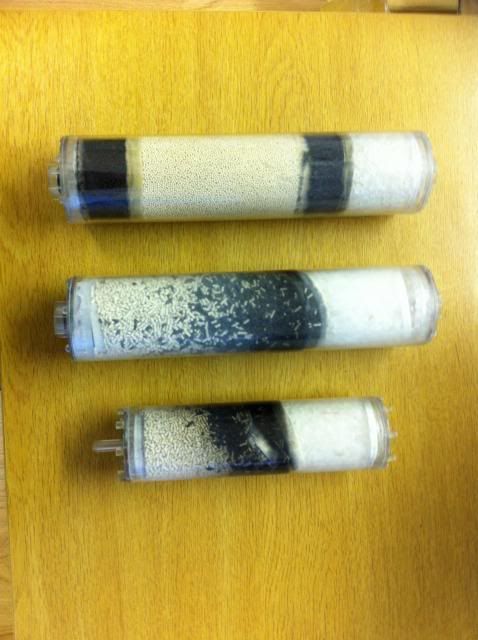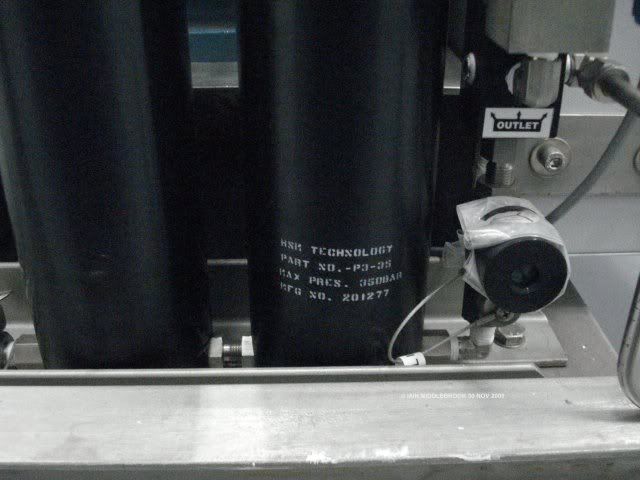It is possible that the staff are trained to be low key in response to bad reports. Lawsuits right?
If you are involved in car accident, a lawyer will tell you, that while you may profess your concern for others well being you do not say
"SNIP,
I'M SO SORRY! IT WAS ALL MY FAULT".
Whether either of these scenarios are proper behaviour for human beings, I'll leave that judgement to you.
There is a big factor of the divers own self responsibility here.
First. As with all diving pre checks, what happened in not doing a smell test on the air before you leave the shop and especially before you jump in. Irrespective if you used this dive shop regularly or not. As divers we are not ignorant of compressor filter breakdown problems. The basic smell test is still the best indicator or oil contamination, oil combustion and filter content carryover. Moreover its cheap and easily seconded. Smelling low flowing air over the nostrils is much more sensitive than taste.
Secondly and incidentally this would also have be the point at which you would use an analyser CO, oxygen etc depending on whatever air/gas your purchasing to verify percentage, purity and pressure. etc before you leave the shop.
Thirdly: Just an observation but the OP did commence a second dive, and IMHO takes full responsibility in my book for that despite being dizzy and nauseous...... Hello
!!!
Despite this and with clear warning signs of something, possibly anything at this point is not quite right yet commits to a second dive.

Finally: And on this point I'm going on the compressor operators side.
There is a common if not fully appreciated problem even with all this analysis suggestions and hope pinning on a digital display solution that you can get yourself as a compressor operator in a position that the service log shows as follows:
1. A new filter change or change over cartridge on an oil lubricated compressor,
2. An air purity test done and sent away. It passes good.
3. Then around 5 to 10 fills later you get gross contamination into the diving cylinder. At which point you may or may not be aware of the problem
5. Around 5 fills after that say fill number 15 to 20 it all clears even out of all the pipes and pressure lines and your back to breathing air albeit a little high in water vapour dew point.
6. Around 40 hours later you again change out the filter, even do another test and all is clear, as if nothing happened.
Now in this situation not seeing even a photo of the compressor and filter plant, pump model, age service history etc I cannot comment further, apart from urge all operators to invest $60 £40 on a small water vapour indicator which incidentally would have both ensured a pleasant days diving for the OP and flagged up a service problem for the compressor operator.
Both in real time, on the wall in plain sight.
But in the situation of the OP and his position IMHO its much easier.
You now take your pick, diver responsibility and education or diver responsibility and education. Iain







